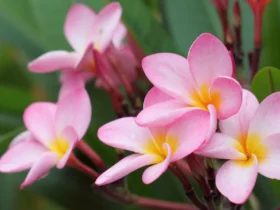With their delicate petals, vibrant colors, and whimsical “faces,” pansy flowers (Viola × wittrockiana) have become a beloved and popular choice for gardens, containers, and floral arrangements. These dainty yet resilient blooms brighten up landscapes with their cheerful presence and add a touch of charm to any setting. In this article, we will explore the enchanting world of pansy flowers, examining their characteristics, symbolism, care requirements, and the joy they bring to gardening enthusiasts.
Pansy Flower images
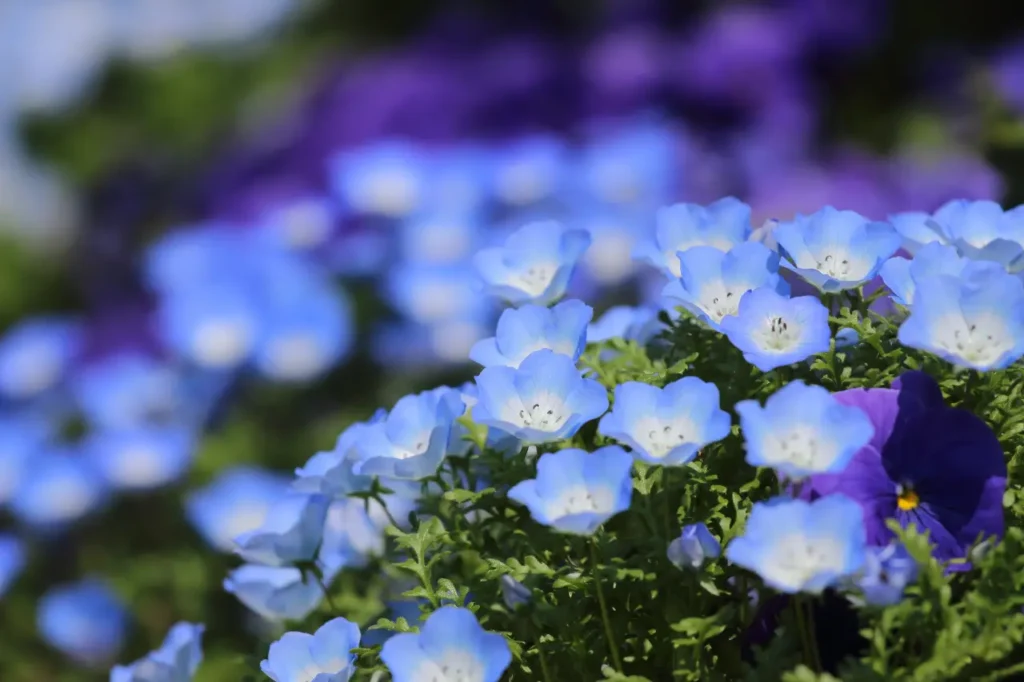
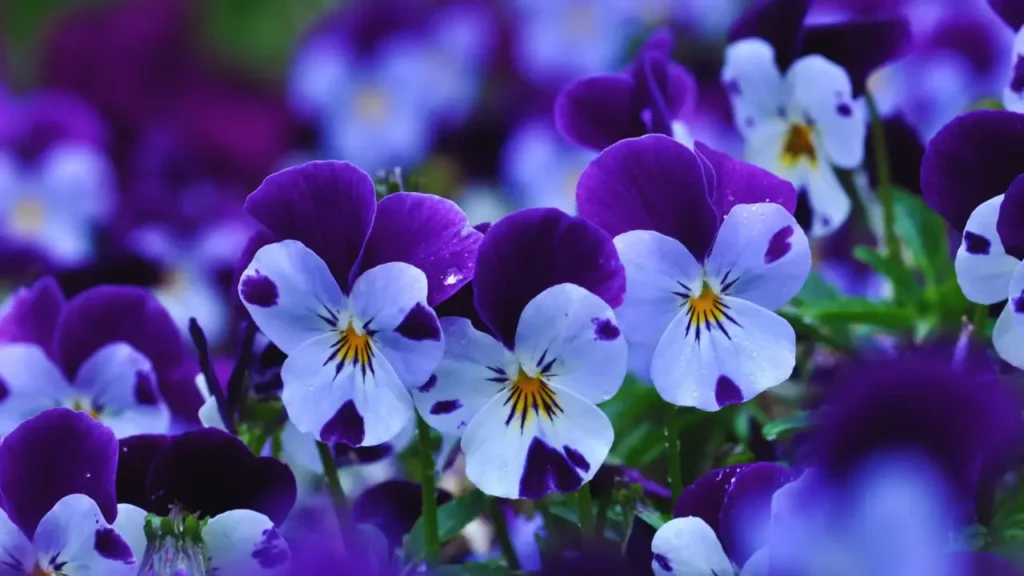
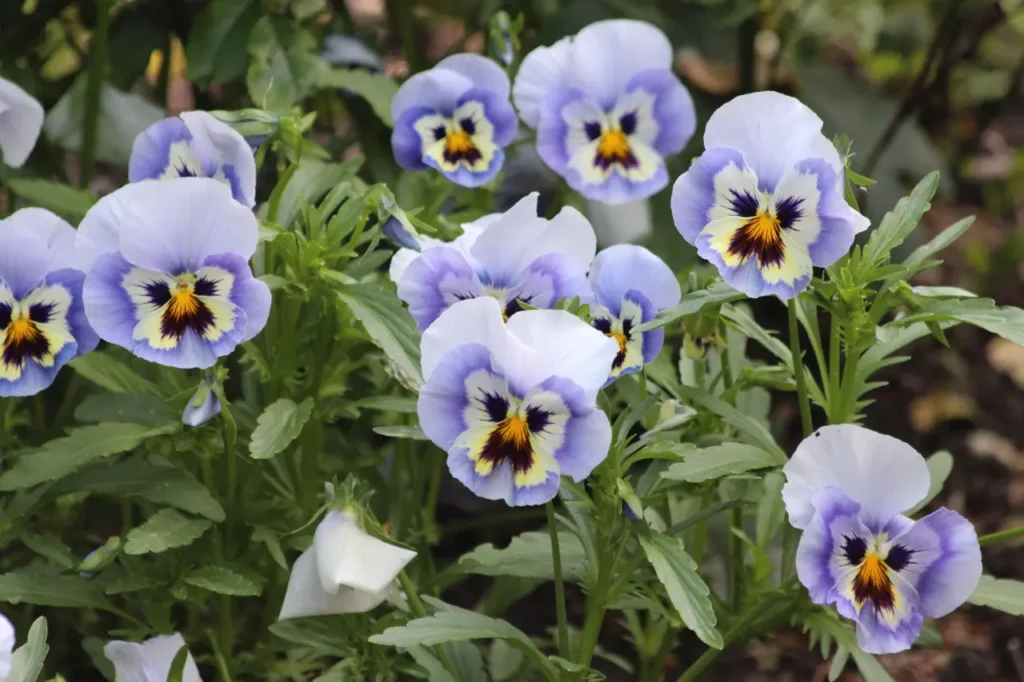
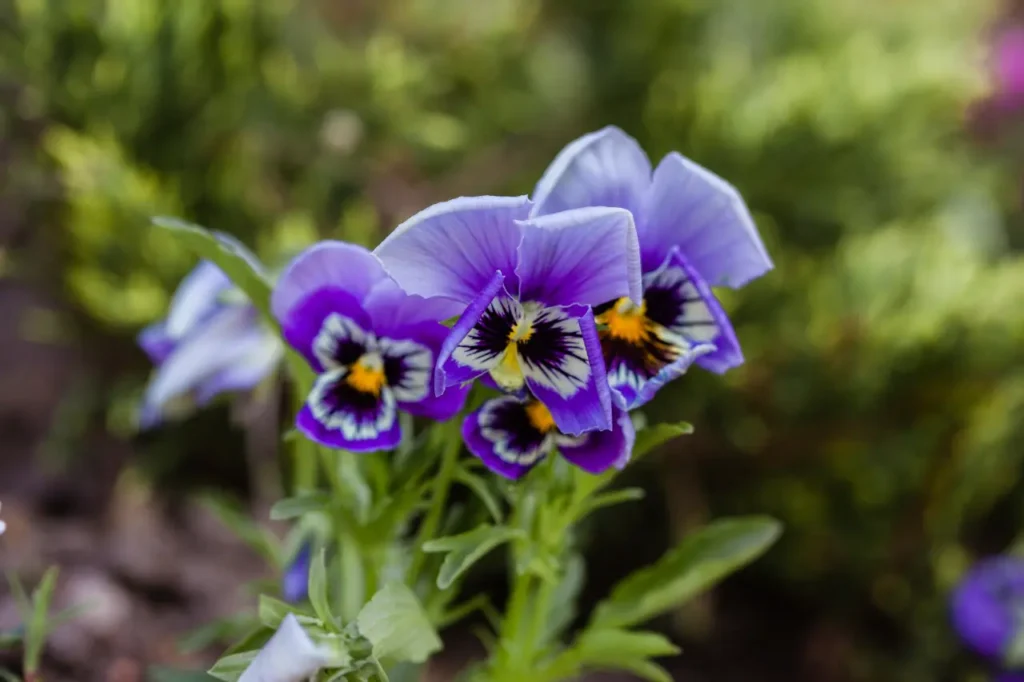
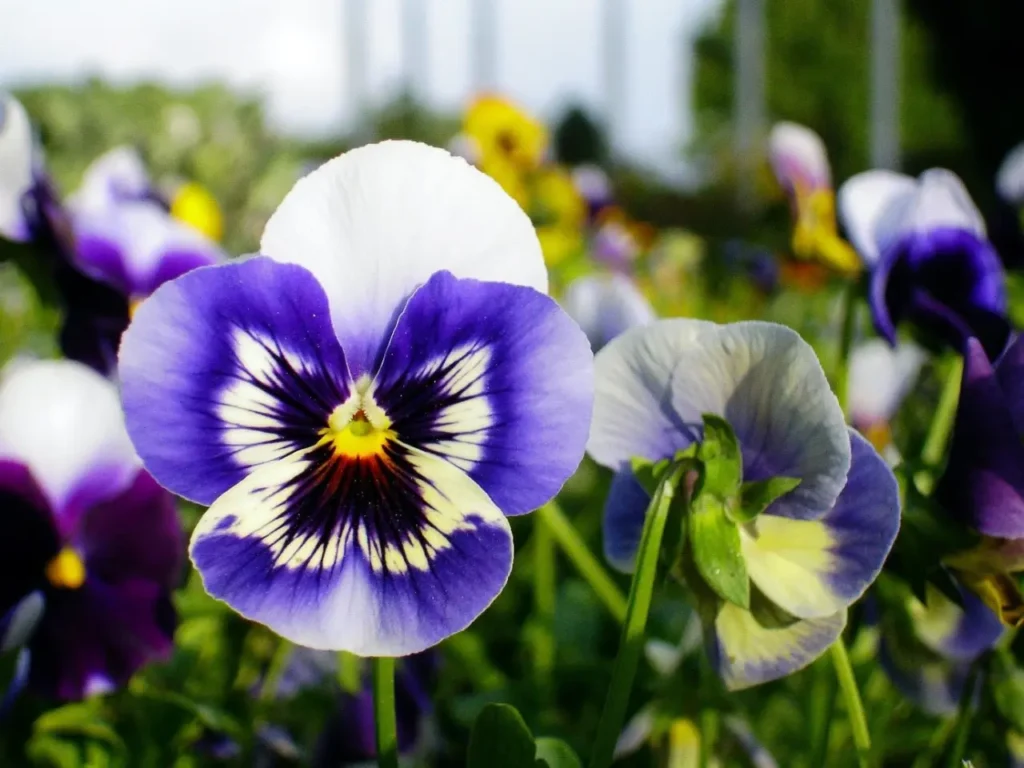
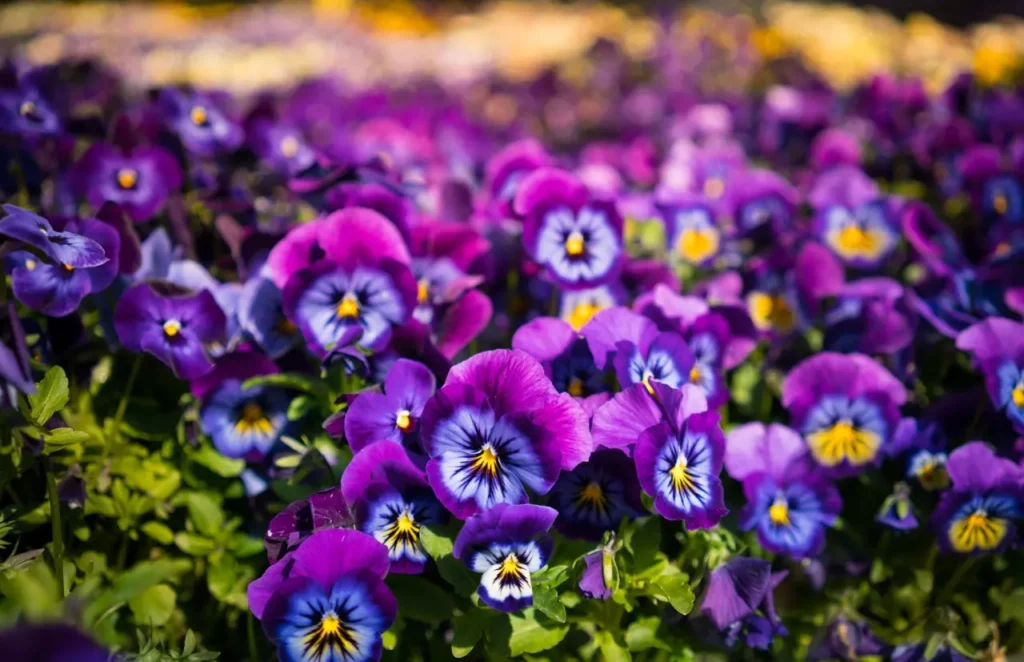
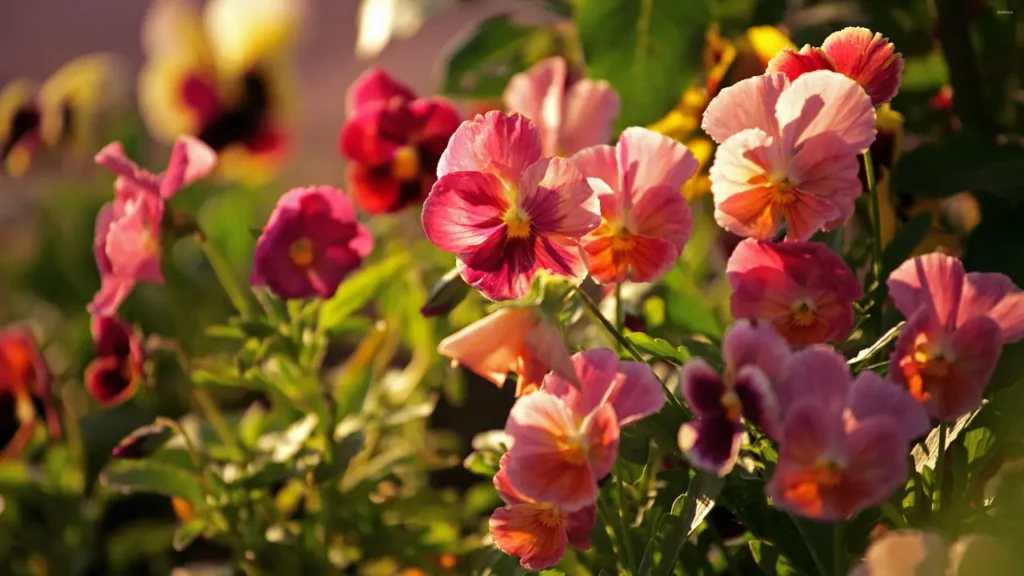
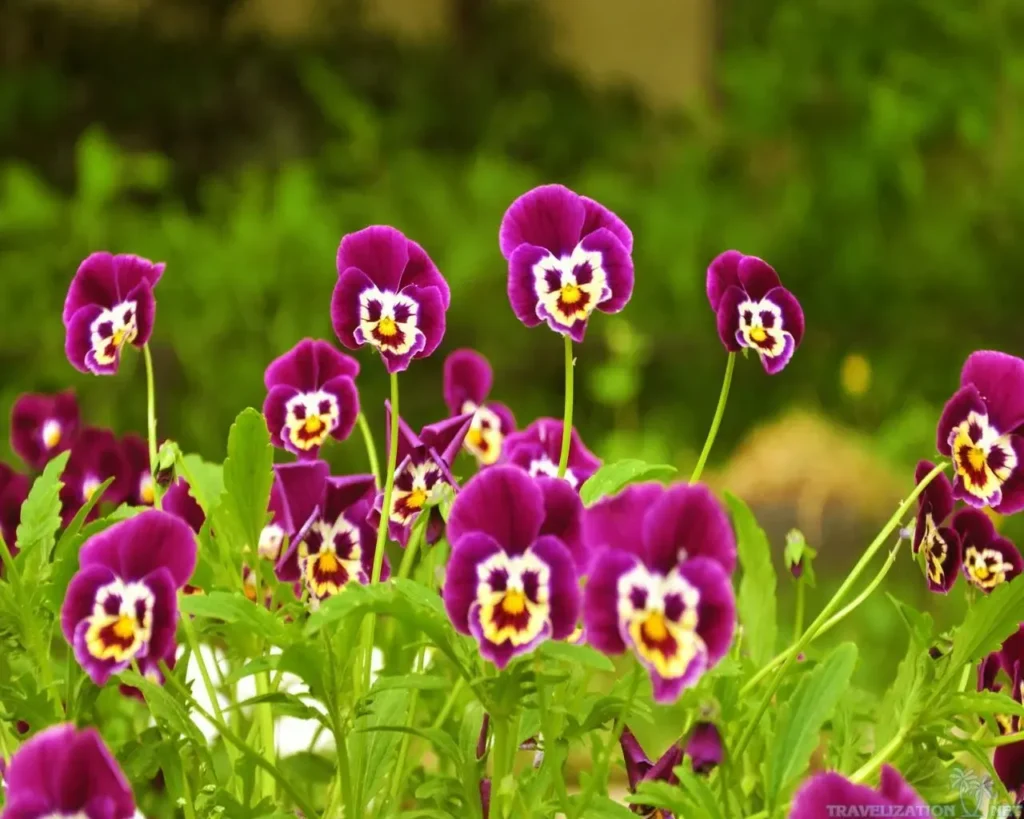
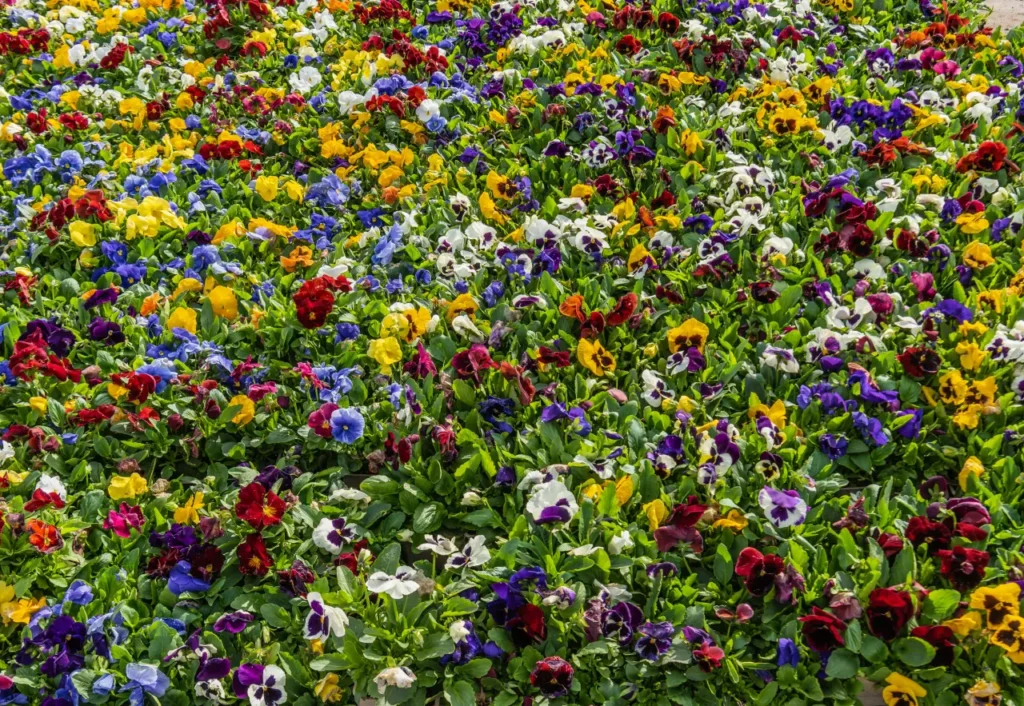
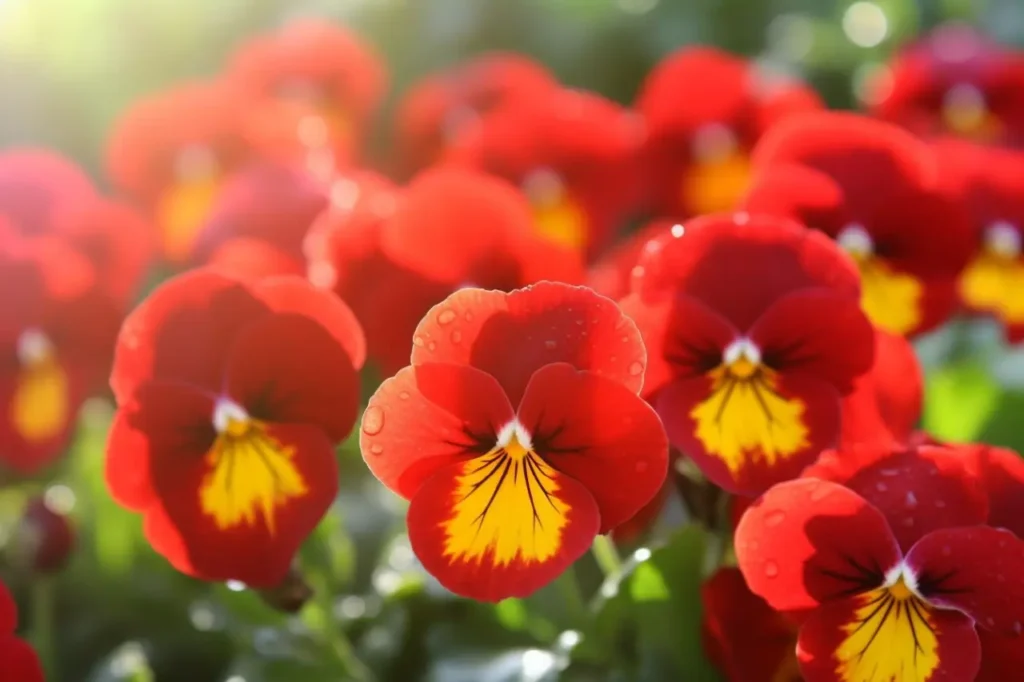
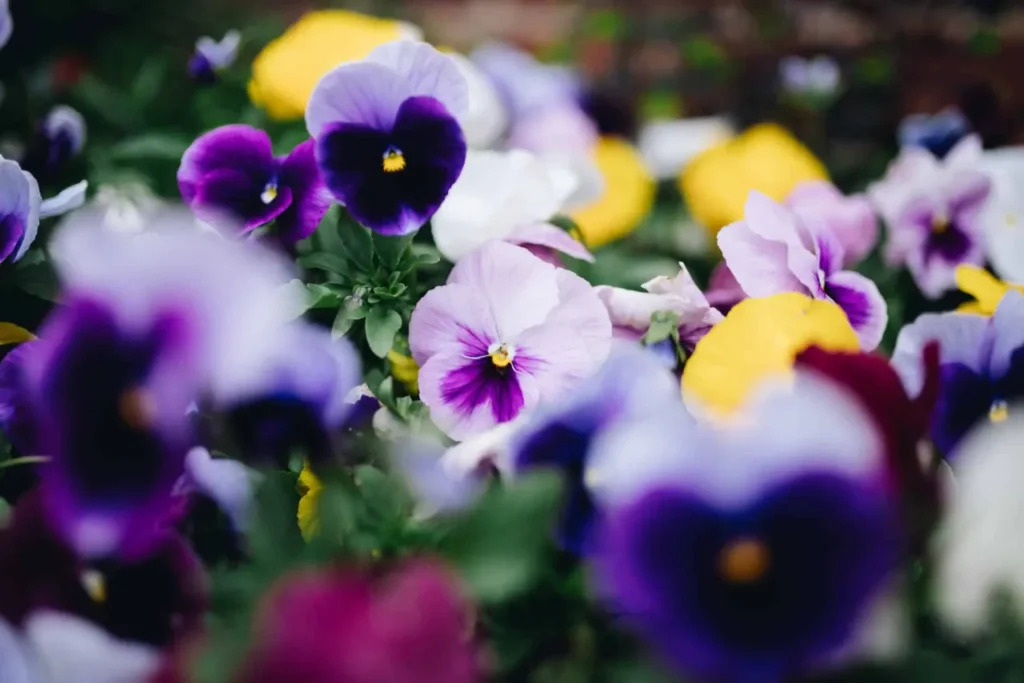
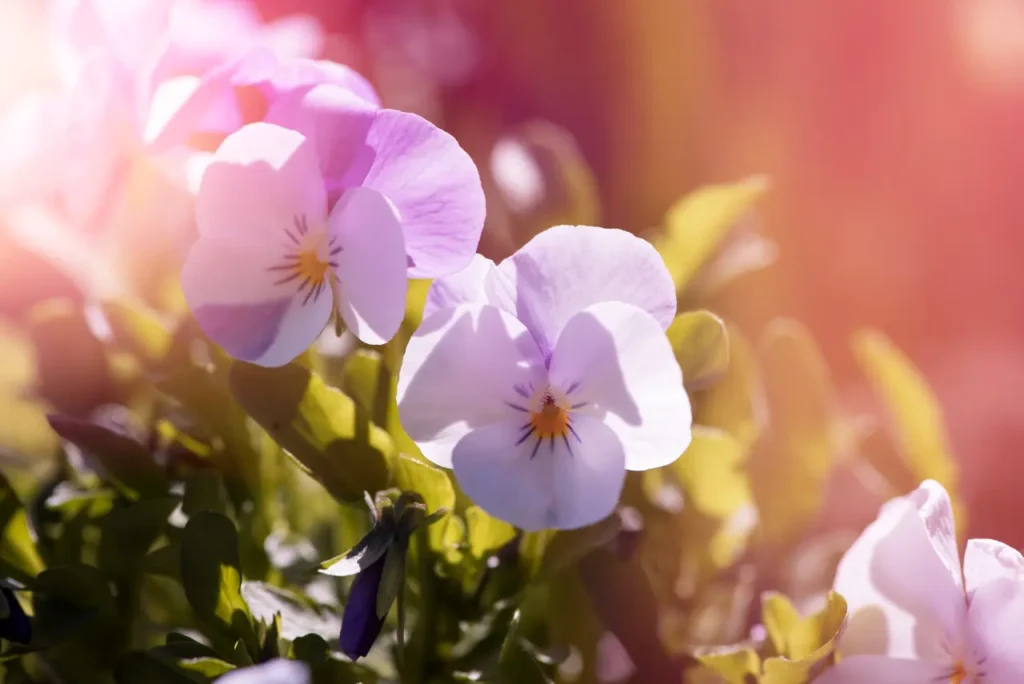
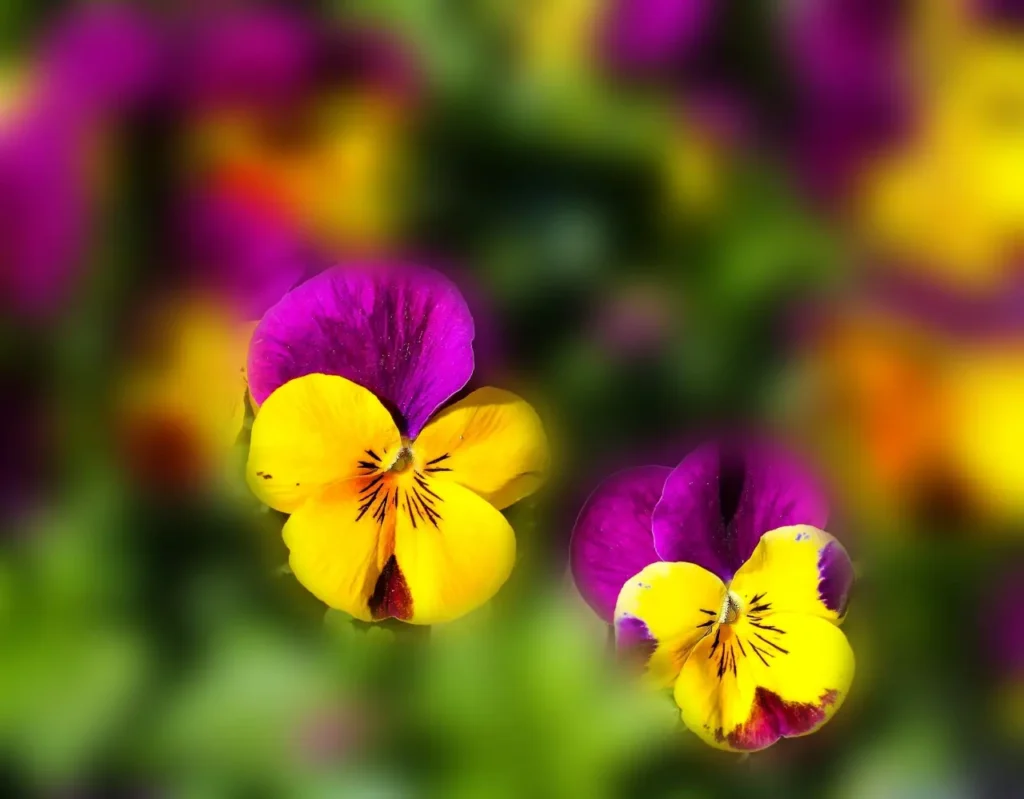
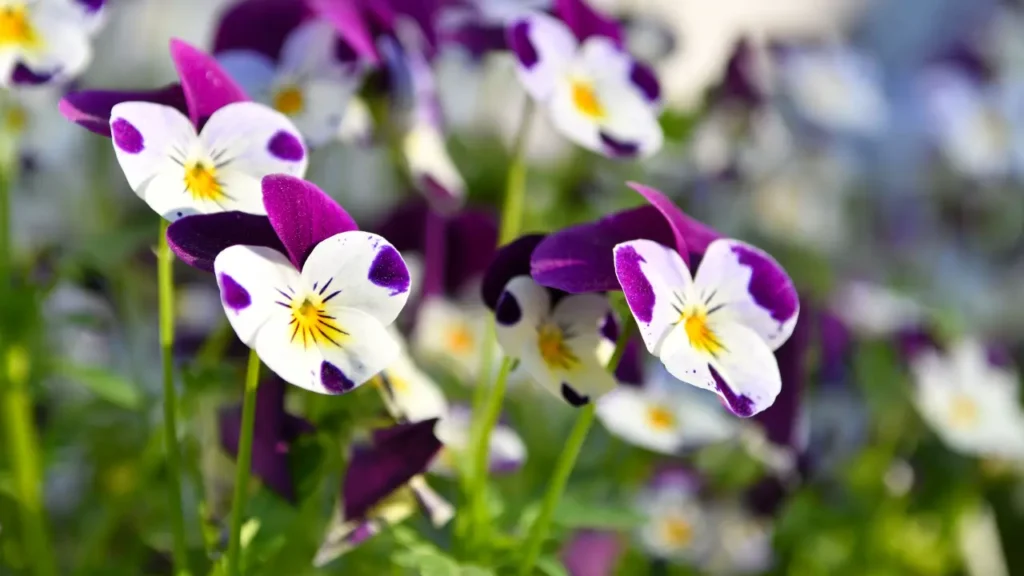
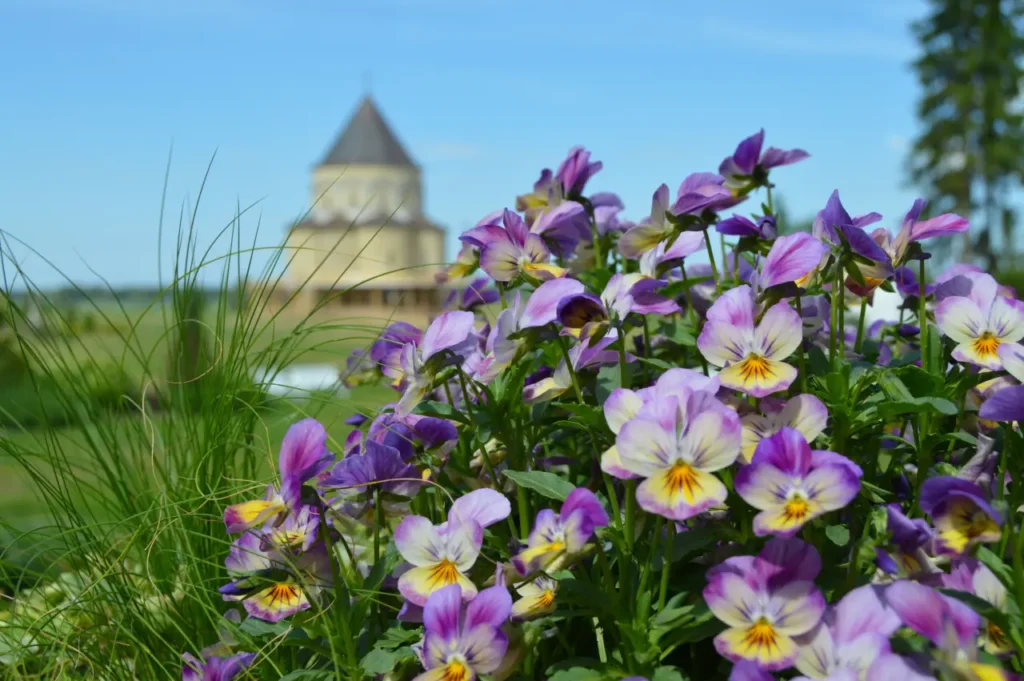
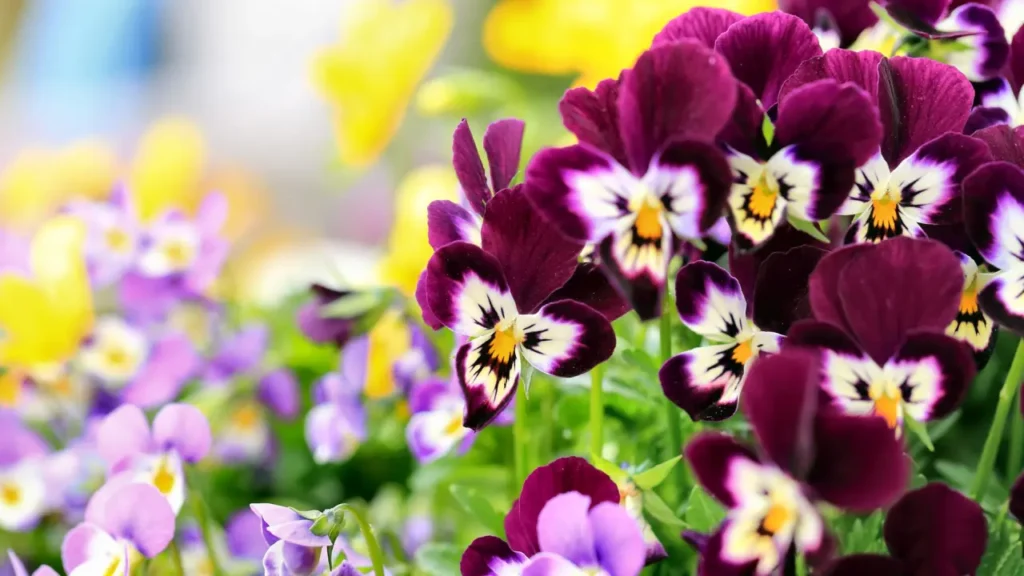
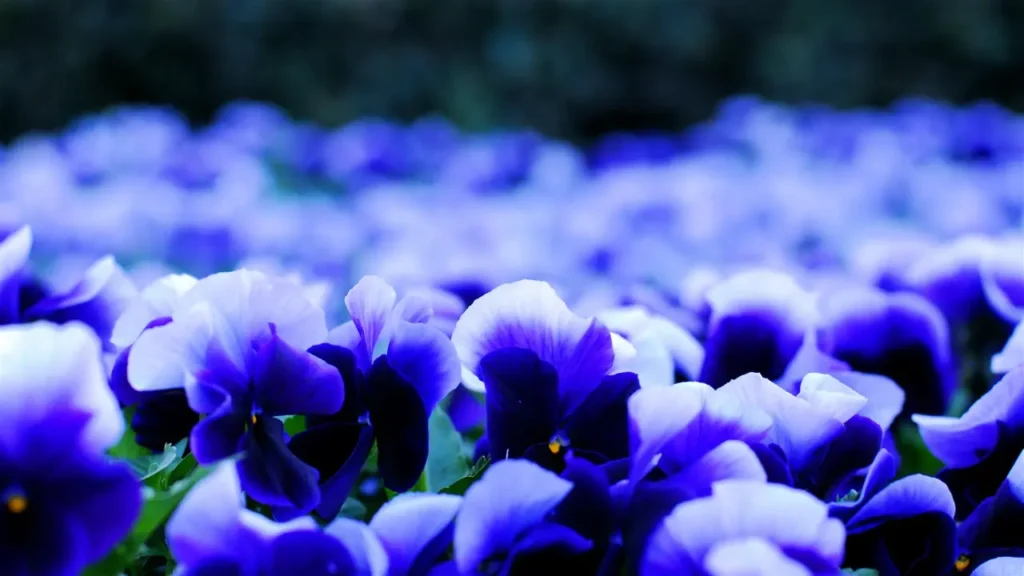
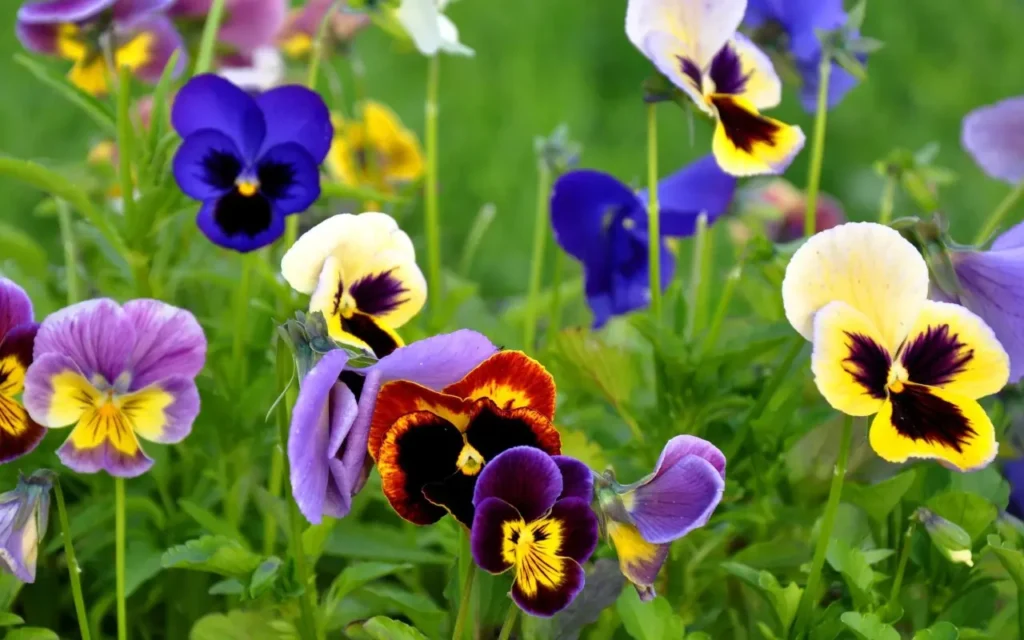
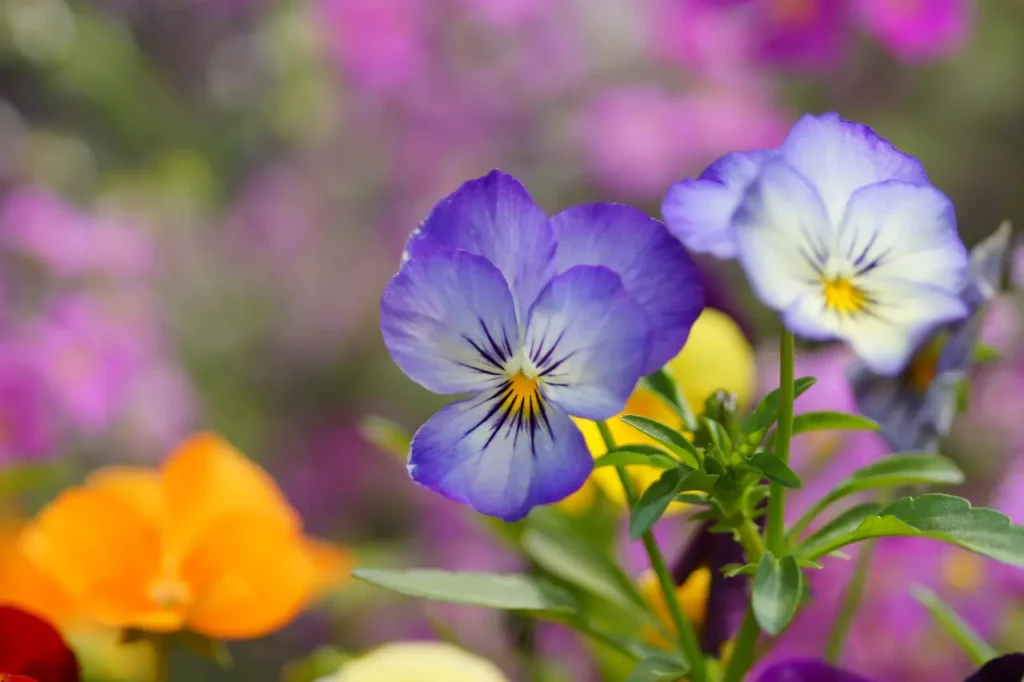
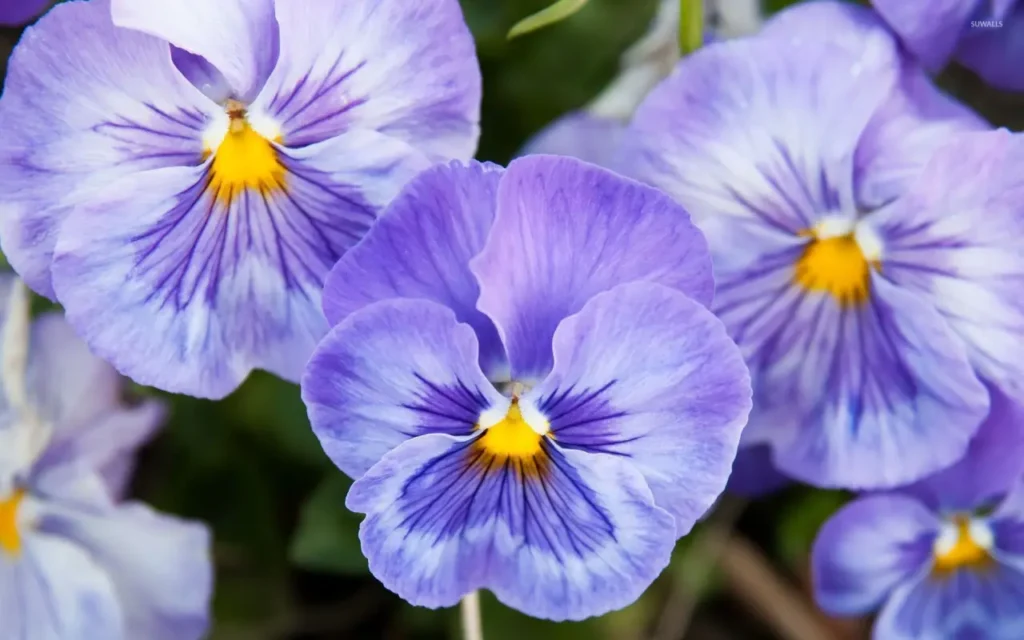
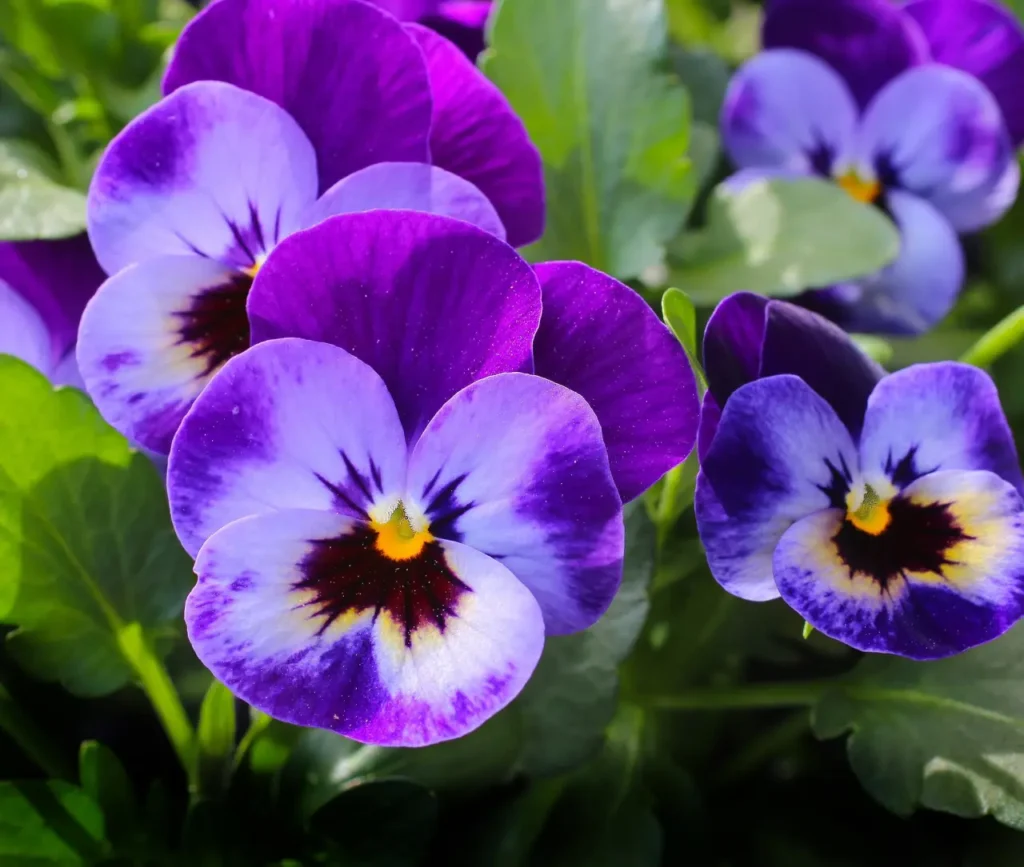
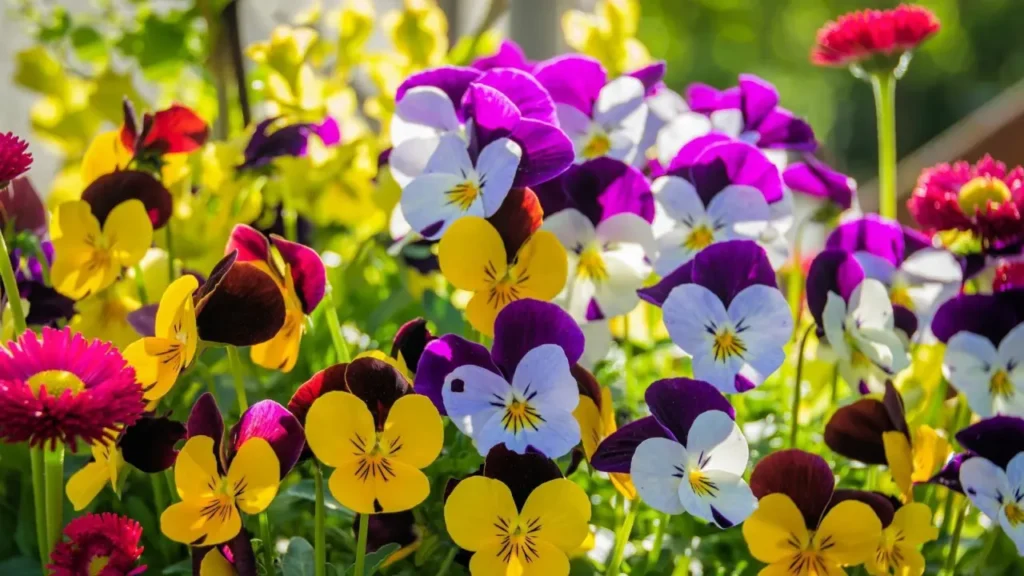
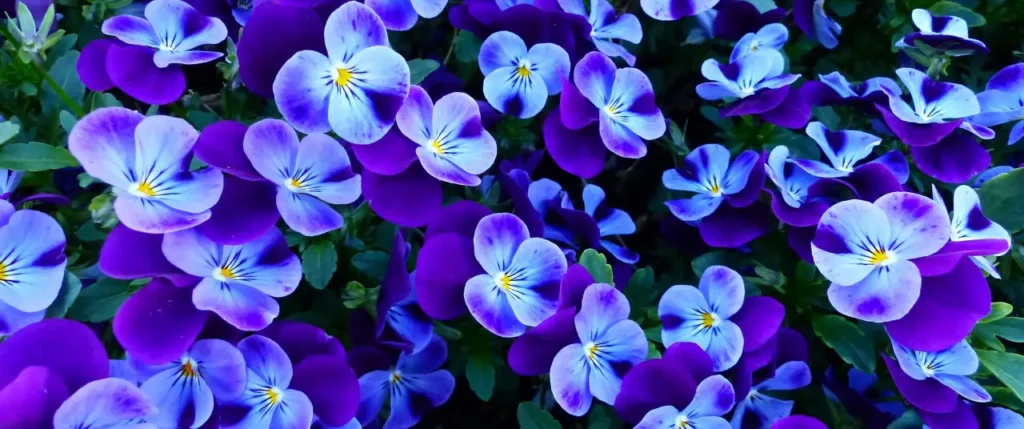
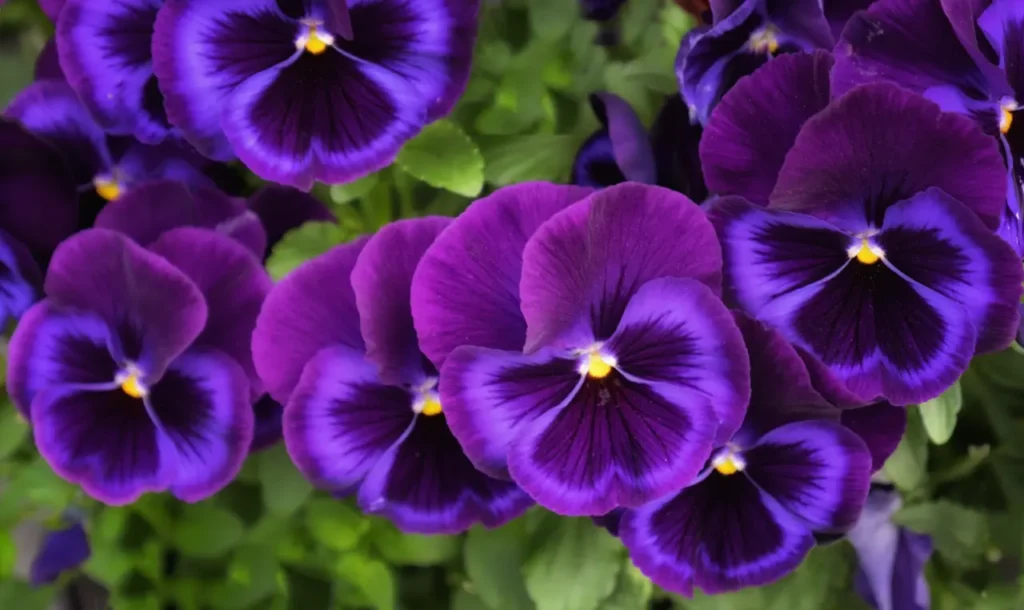
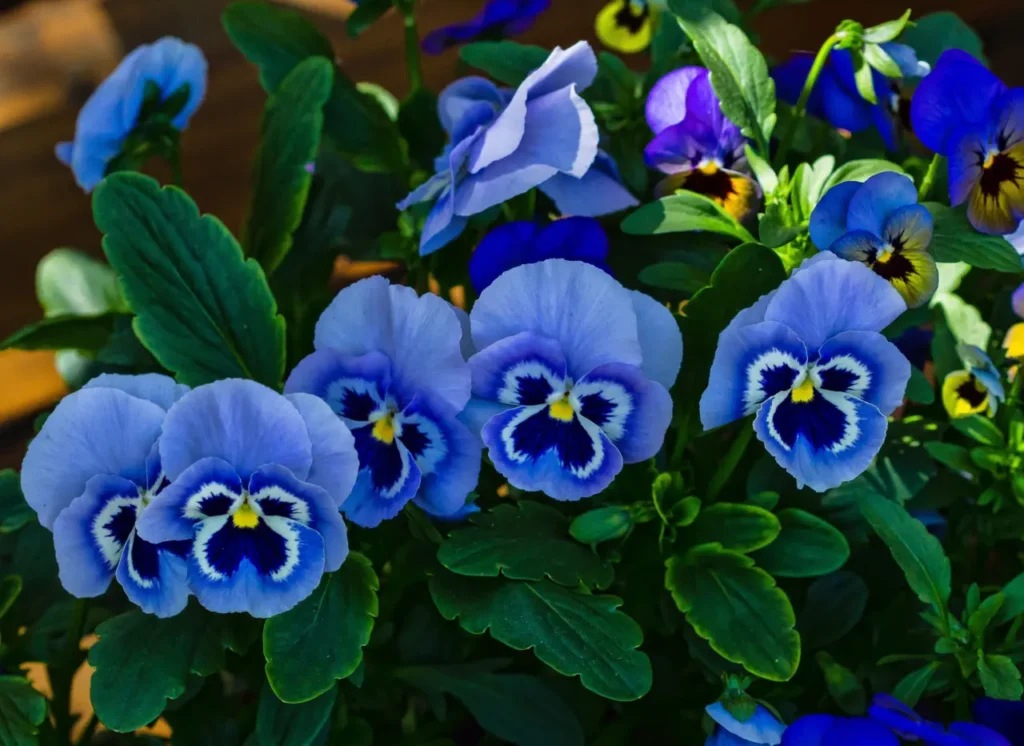
Elegant Beauty and Color Variations
Pansies are characterized by their distinctive petals, which possess a velvety texture and come in a wide array of hues. Their petals often display a unique “face-like” pattern, with dark lines and dots radiating from the center, resembling little smiling or winking faces. Pansies exhibit a delightful color palette that includes shades of purple, blue, yellow, orange, red, pink, and white. Some varieties even showcase bi-color or tri-color combinations, adding to their visual appeal.
Symbolism and Meaning
Pansies have acquired several symbolic meanings throughout history. These flowers are often associated with thoughts of remembrance, affection, and loving memories. In the Victorian language of flowers, pansies were believed to convey messages of loving thoughts or to express the desire to be remembered. They have also been regarded as a symbol of free thought and independence.
Garden Versatility and Care
Pansies are known for their versatility and adaptability to various growing conditions. They are cool-season plants that thrive in mild temperatures, making them ideal for both spring and fall gardens. Pansies are primarily grown as annuals, but they can behave as short-lived perennials in more temperate regions.
These flowers prefer well-draining soil and partial to full sun exposure, although they can tolerate some shade. Regular watering is necessary to keep the soil evenly moist, especially during dry periods. Deadheading, or removing faded flowers, encourages continuous blooming and prevents seed formation.
Pansies can be grown in garden beds, borders, containers, hanging baskets, or even as edging plants. Their compact size, ranging from a few inches to a foot in height, allows for versatile placement options in various garden designs. Pansies also make excellent companions to other cool-season flowers and ornamental plants, creating delightful combinations of color and texture.
Cheerful Floral Displays and Cut Flower Use
Pansies are not only delightful in garden settings but also make enchanting additions to floral displays. Their delicate beauty and vibrant colors add cheer and charm to bouquets, centerpieces, and indoor arrangements. The long-lasting nature of their blooms allows for extended enjoyment of their beauty.
When using pansies as cut flowers, it is best to harvest them early in the morning when their blooms are fully open. Placing the cut stems in water immediately after harvest and changing the water regularly can help prolong their vase life.
Pansy flowers, with their elegant beauty, vivid colors, and unique “faces,” bring joy and charm to gardens and floral displays alike. Their versatility, adaptability, and symbolism make them a favorite choice among gardeners and flower enthusiasts. Whether adorning a garden bed or brightening up a vase, pansies continue to captivate with their delicate allure and cheerful demeanor. So, embrace the enchantment of pansy flowers and let their vibrant presence infuse your surroundings with color, beauty, and a touch of whimsy.
